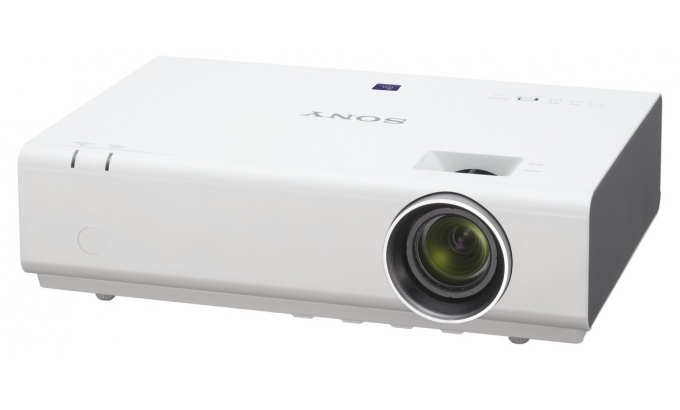A Handy Feature for Presenters
- Projector Horizontal Keystone Correction
- Projector Keystone Correction Software
- Projector Keystone Correction Software Mac Version
- Projector Keystone Correction Software Mac Os
Road warriors have to present in unknown environments on a regular basis. Whether they are presenting to a small or large audience, in a room with a screen, or improvising with a wall, one of the most frequent and frustrating problems is keystoning.
What is Keystoning?
Want to know the best gaming projector in 2021, we have test & reviewed the best brands with top input lag times and create a buyer’s guide and projector installation tips READ MORE HERE. Keystone correction range with optional. Logo Transfer Software, Multi Monitoring & Control Software, Geometry Manager Pro, Smart Projector Control.
Projector Horizontal Keystone Correction
'Keystoning' occurs when a projector is aligned non-perpendicularly to a screen, or when the projection screen has an angled surface. The image that results from one of these misalignments will look trapezoidal rather than square. A distorted image is a distraction most presenters want to avoid. However, in some cases, there is nowhere else to place the projector. So what can you do?
Digitally clear images and video ViewSonic’s PJ506D DLP projector is designed to meet the needs of today’s multimedia presenters. DLP technology delivers crystalclear images and brilliant colours. With 2000 ANSI lumens and an ultra-high 2000:1 contrast ratio (typ.), this portable projector is ideal for video as well as data presentations in a home, classroom or meeting room environment.
Early projectors did not have keystone correction features. Projectors were usually found in fixed installations, so furniture and screens could typically be moved to accommodate. As projectors became lighter and more portable, the demand for an easier solution grew.
Projector Keystone Correction Software
Looking for a projector? Click here or call (888) 248-0675
Manual Keystone Correction
Today, there are two methods of keystone correction, manual and digital. Manual keystone correction is essentially a physical adjustment to the lens of the projector so that it projects at an angle higher or lower than it would be if it were on a flat surface. The manual adjustment works well in some situations, but cannot eliminate horizontal keystoning. The projector also needs to be far away from the screen to achieve results. Not good enough you say? Read on...

Digital Keystone Correction
LCD and DLP™ projectors are both digital display devices. Data such as a PowerPoint presentation sent to a projector is digitally converted and scaled. By adding a special, selectable, algorithm to the scaling, some new projectors are able to alter the image before it reaches the projection lens. The result is a squared image, even at an angle. This allows presenters more flexibility when setting up their projector in variable environments.
Degree of Correction
Projectors vary in the amount of keystone correction they can provide. For vertical (up and down) keystone correction, some offer a modest 12 degrees while others achieve as much as 35 degrees of correction. Some new projectors, such as the latest line-up of Hitachi projectors, also offer horizontal (side to side) keystone correction.
Projector Keystone Correction Software Mac Version

Projector Keystone Correction Software Mac Os
While keystone correction is a handy feature for road warriors and other portable projector users, it does not produce an ideal picture quality. Scaling inside the projector creates a slightly distorted image, particularly at the sides of the screen. In a long-term installation, lens shift is preferred to keystone correction.